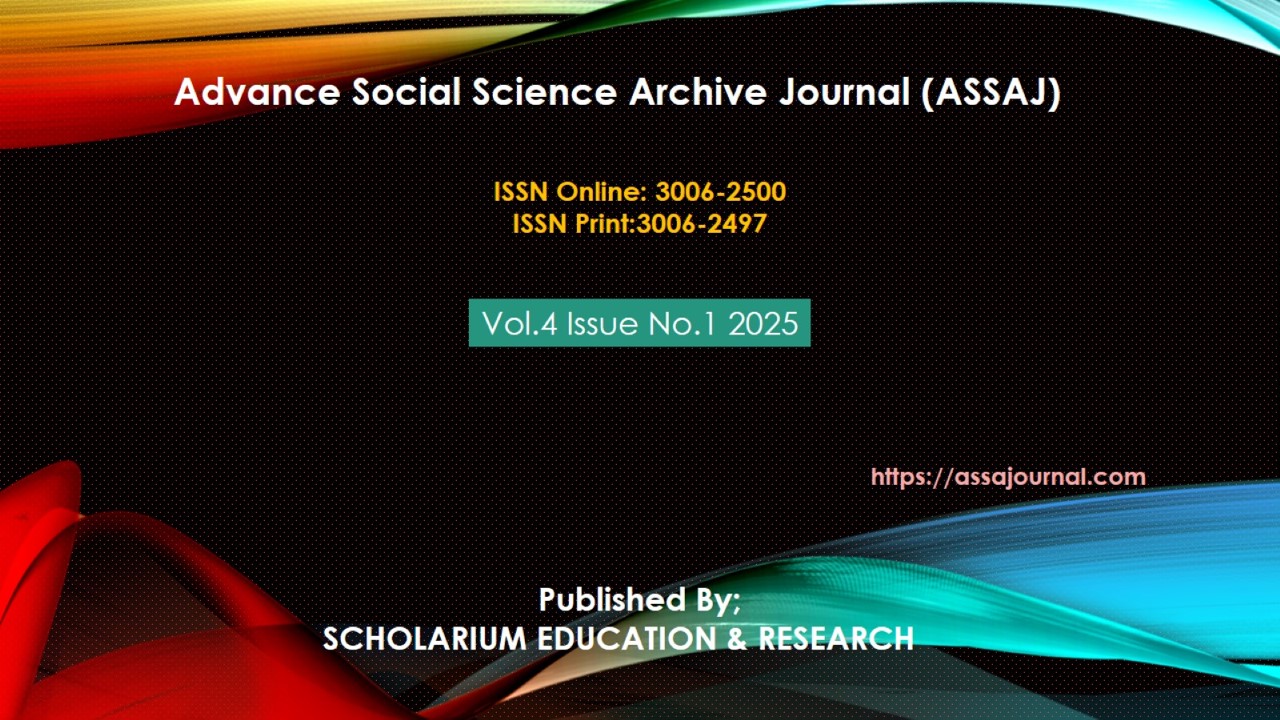A Linguistic Analysis of Formal and Dynamic Equivalence in M.A.K. Khalil’s Translation of Iqbal’s Prayer Poem “Lab Pe Ātī Hai Duā Ban Ke Tamanna Merī” under Nida’s Model
Abstract
This article intends to analyze the equivalent effect of iqbals’s poem “lab pe ati he dua ban ke tamanna meri” translated by M.A.K Khalil under the lens of Nida’s theory of translation. Researcher selected the model of Eugene Nida’s principle of equivalent effect as the framework of this research article. The textual data consists of English translations of Iqbal’s Urdu poem “lab pe ati he dua ban ke tamanna meri” translated by M.A.K Khalil. Researcher conducted qualitative research to analyze the English translation of this poem by using the Eugene Nida’s approach of translation theory which is based on principle of equivalent effect. The purpose of the study is to analyze that either these translations convey the content, form and feel of the original text or not in the perspective of Nida’s approach of translation. Critical evaluation of this translation, it is revealed that the translator has used a variety of strategies to transfer the content of source text into target text. These include, render in the selected verses and leaving out the others, making prose translation rather poetic translation, with no pattern of rhythm and rhyme scheme, or going for poetic translation and preserving proper rhythm and rhyme and, sometimes, the translator has decided to translate in free verse. Finally, the study ends with an understanding that the translators’ knowledge of the source text and target text as well as their skill in poetry translation results into different products.
Keyword: Iqbals’s Poem, Translation, Nida’s Theory, Critical Evaluation, Rhythm, Rhyme





